Labor day
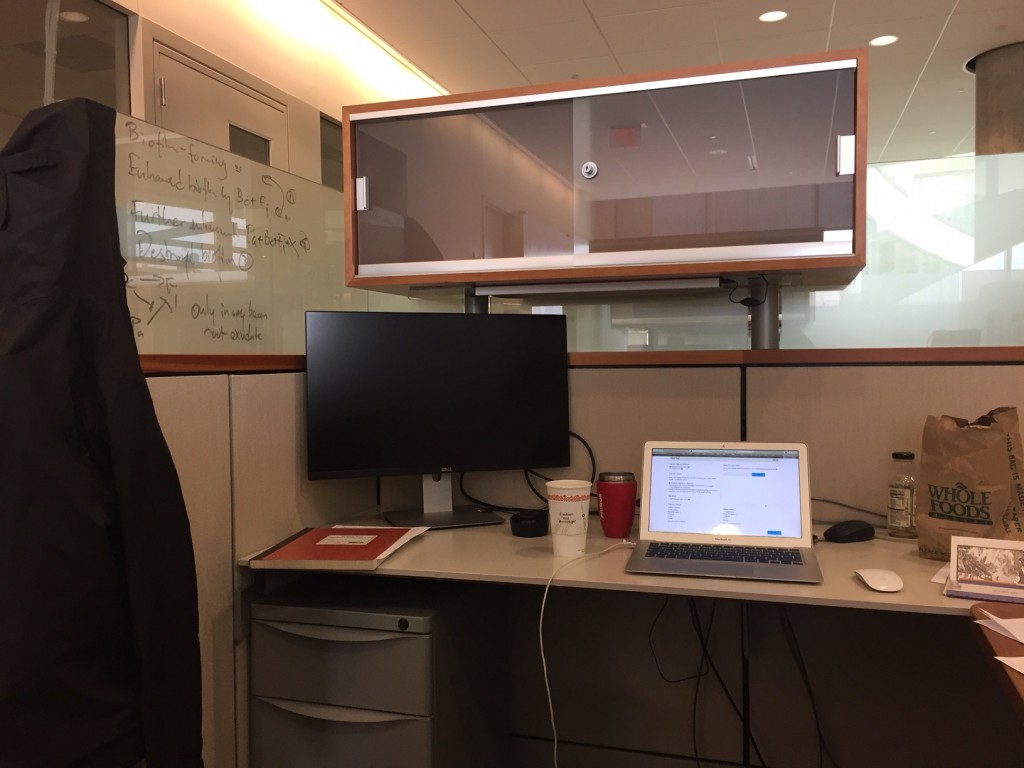
Before that, I went to see a house, which I liked a lot, so hopefully I will be able to sign a contract for this before I leave for Sweden again on Wednesday. Fingers crossed, over and out!
Farmers Market
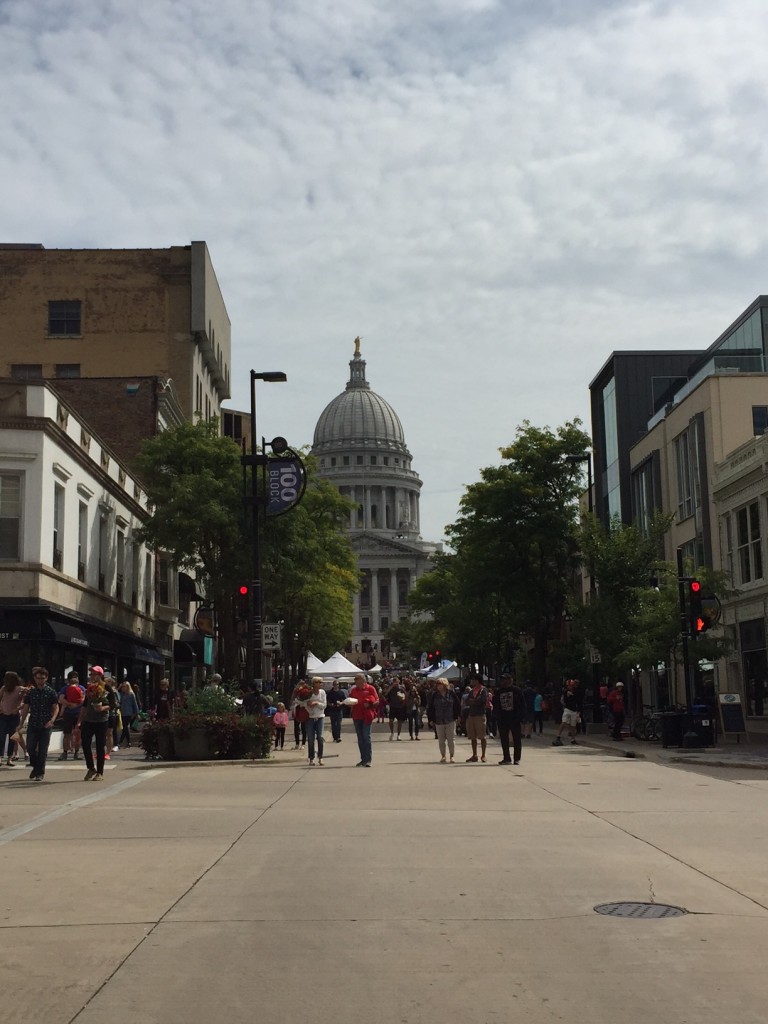
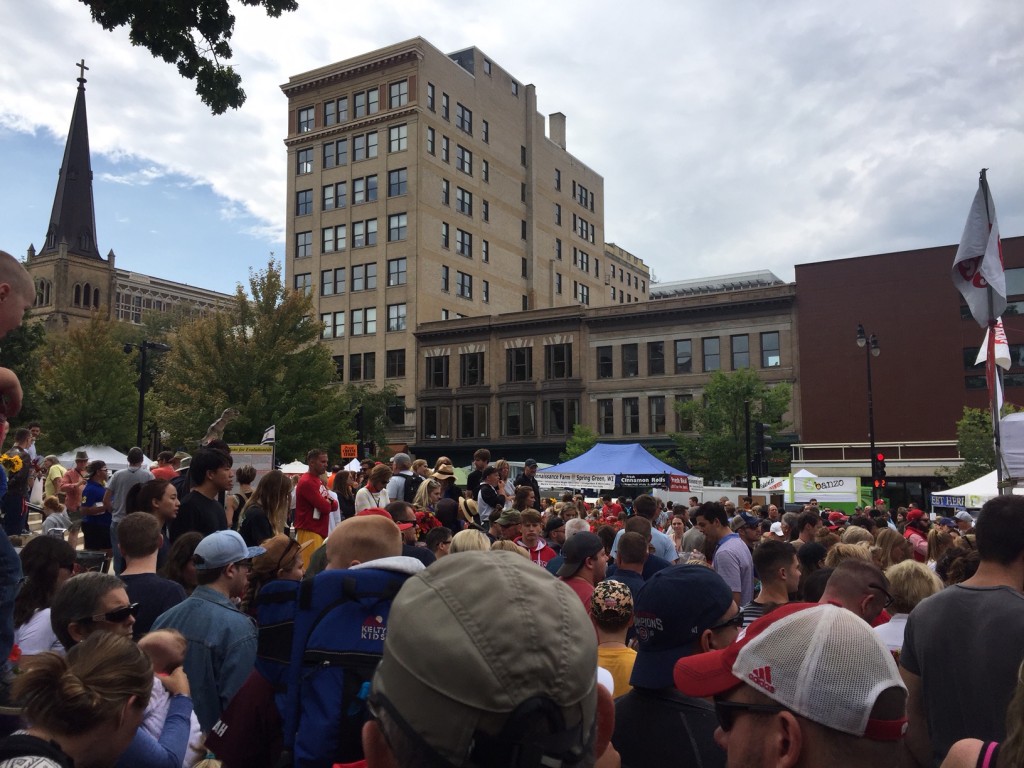
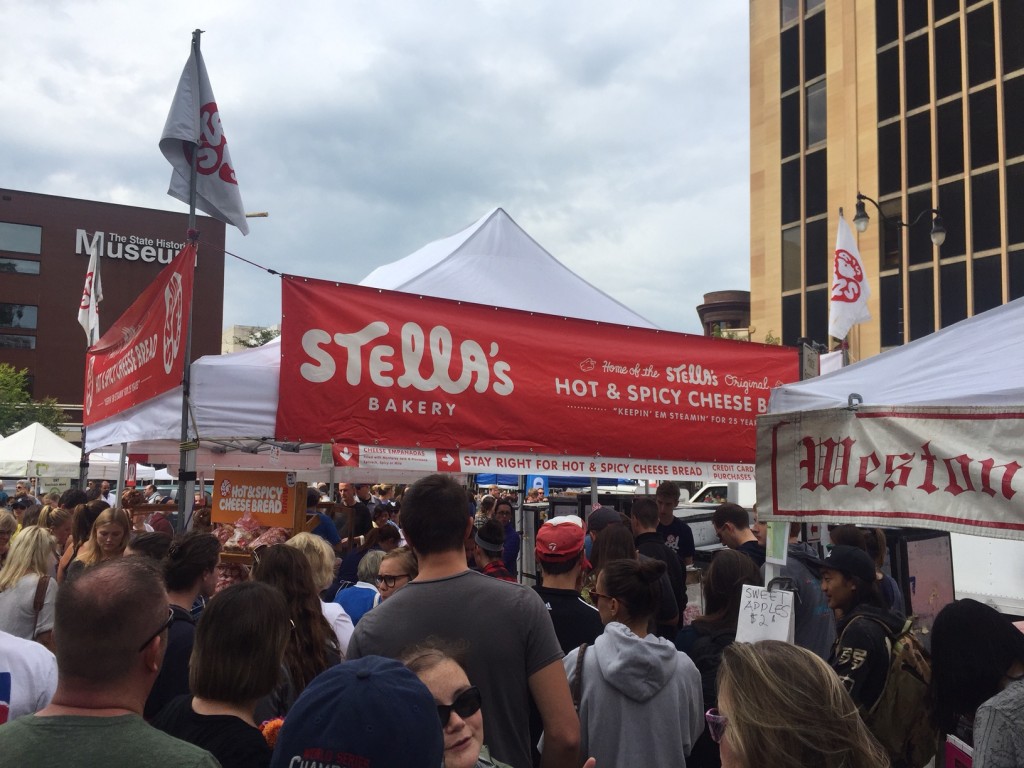
The rest of the day I spent walking around by the Lake Monona and Lake Wingra, taking a break for a coffee at Colectivo Coffee. Very nice place with excellent pourovers. But now my feet hurts and I need to get some sleep!
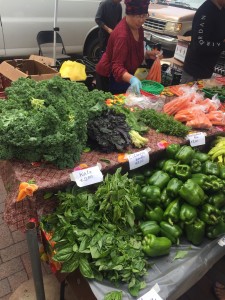
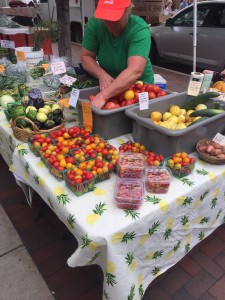
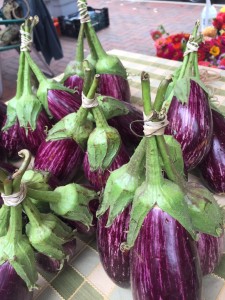
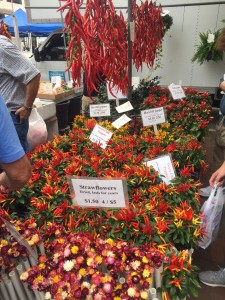
Published paper: Computational discovery of novel qnr genes
BMC Genomics today published a paper first-authored by my long-time colleague Fredrik Boulund, which describes a computational screen of genomes and metagenomes for novel qnr fluoroquinolone resistance genes (1). The study makes use of Fredrik’s well-designed and updated qnr-prediction pipeline, but in contrast to his previous publication based on the pipeline from 2012 (2), we here study a 20-fold larger dataset of almost 13 terabases of sequence data. Based on this data, the pipeline predicted 611 putative qnr genes, including all previously described plasmid-mediated qnr gene families. 20 of the predicted genes were previously undescribed, and of these nine were selected for experimental validation. Six of those tested genes improved the survivability under ciprofloxacin exposure when expressed in Escherichia coli. The study shows that qnr genes are almost ubiquitous in environmental microbial communities. This study also lends further credibility to the hypothesis that environmental bacterial communities can act as sources of previously uncharacterized antibiotic resistance genes (3-7). The study can be read in its entirety here.
References
- Boulund F, Berglund F, Flach C-F, Bengtsson-Palme J, Marathe NP, Larsson DGJ, Kristiansson E: Computational discovery and functional validation of novel fluoroquinolone resistance genes in public metagenomic data sets. BMC Genomics, 18, 682 (2017). doi: 10.1186/s12864-017-4064-0
- Boulund F, Johnning A, Pereira MB, Larsson DGJ, Kristiansson E: A novel method to discover fluoroquinolone antibiotic resistance (qnr) genes in fragmented nucleotide sequences. BMC Genomics, 13, 695 (2012). doi: 10.1186/1471-2164-13-695
- Bengtsson-Palme J, Larsson DGJ: Antibiotic resistance genes in the environment: prioritizing risks. Nature Reviews Microbiology, 13, 369 (2015). doi: 10.1038/nrmicro3399-c1
- Allen HK, Donato J, Wang HH et al.: Call of the wild: antibiotic resistance genes in natural environments. Nature Reviews Microbiology, 8, 251–259 (2010).
- Berendonk TU, Manaia CM, Merlin C et al.: Tackling antibiotic resistance: the environmental framework. Nature Reviews Microbiology, 13, 310–317 (2015).
- Martinez JL: Bottlenecks in the transferability of antibiotic resistance from natural ecosystems to human bacterial pathogens. Frontiers in Microbiology, 2, 265 (2011).
- Finley RL, Collignon P, Larsson DGJ et al.: The scourge of antibiotic resistance: the important role of the environment. Clinical Infectious Diseases, 57, 704–710 (2013).
Students are coming back
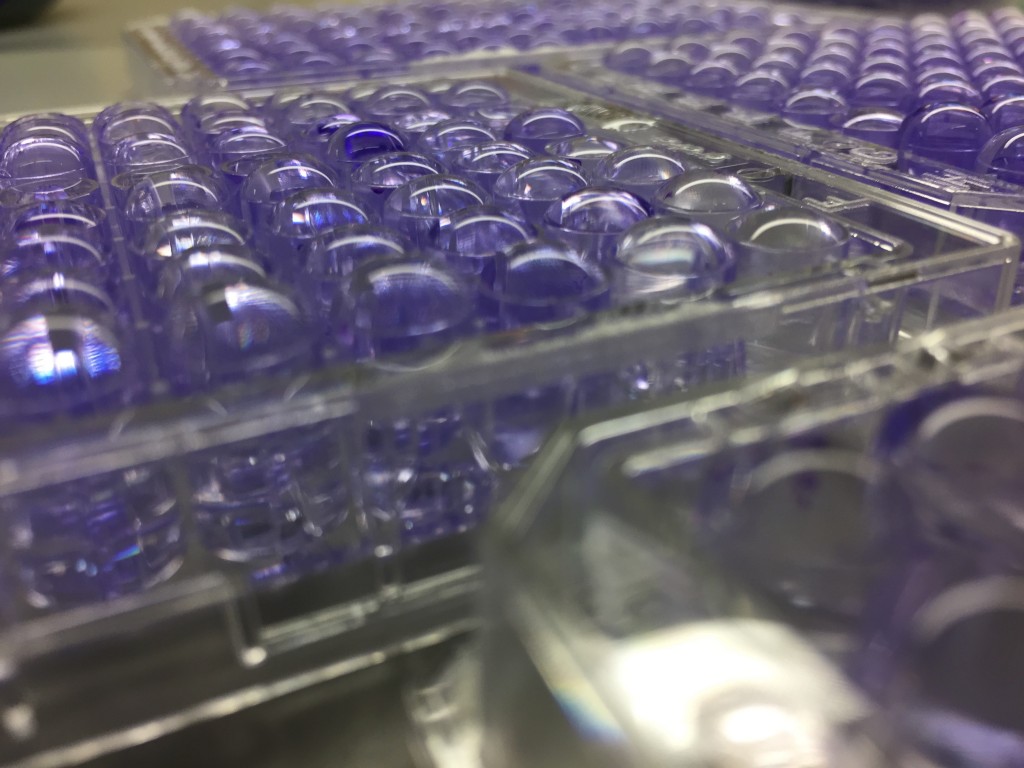
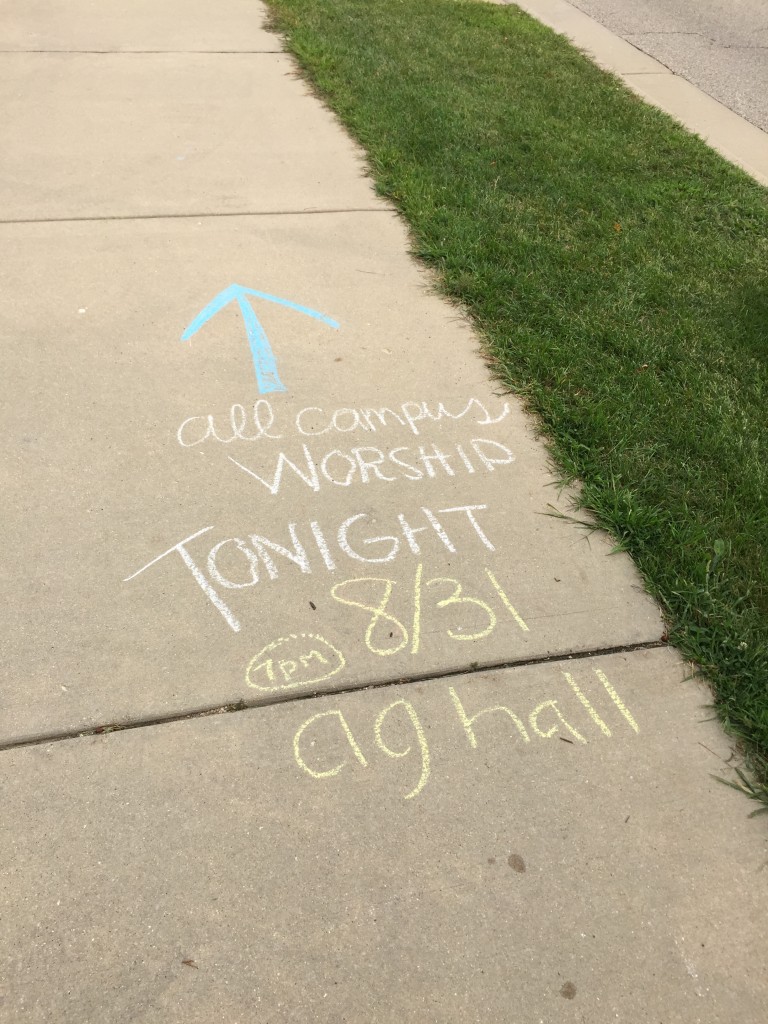
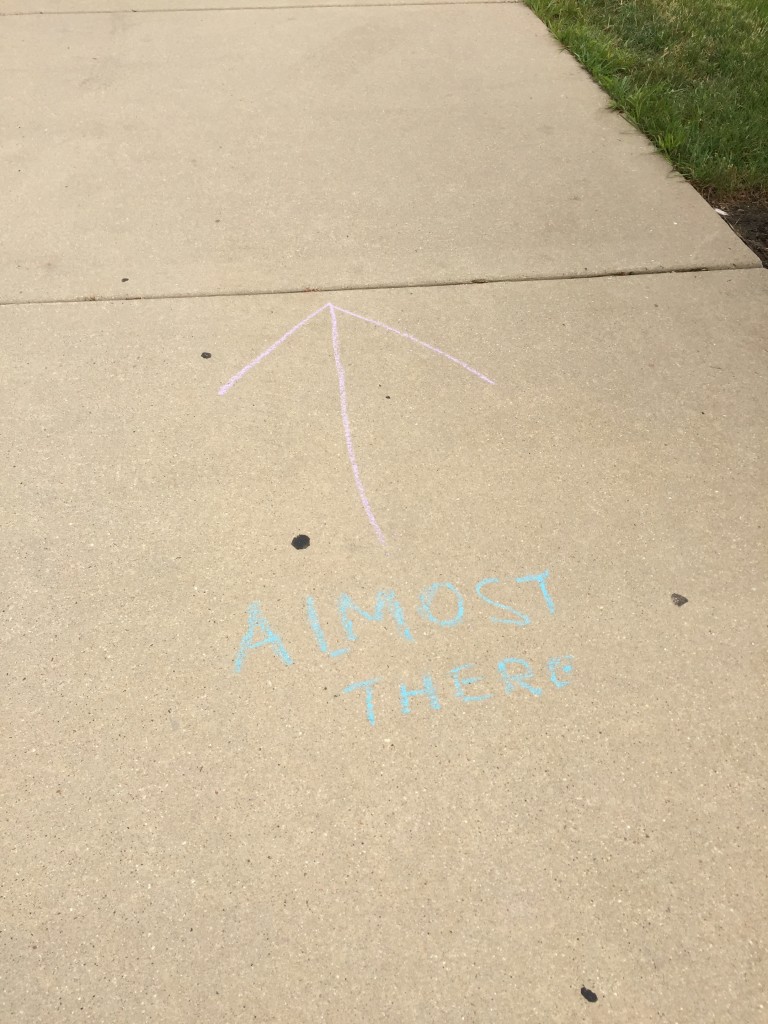
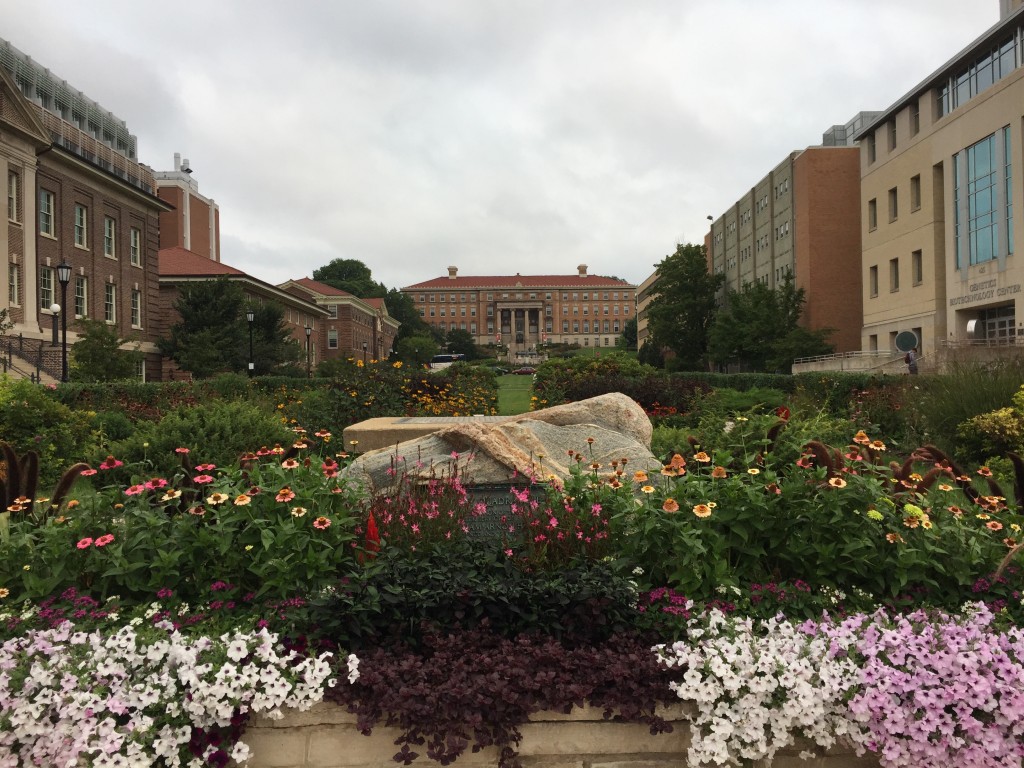
Manuel, my hero
Okay, first of all this is a shoutout post to Manuel Garavito, who has been putting up with me for the last two days – my first two days in a wet lab for several years. Manuel has been beyond fantastic in showing me their basic protocols and having patience with my rusty lab skills. If this project will work out, it will very much be because of him.
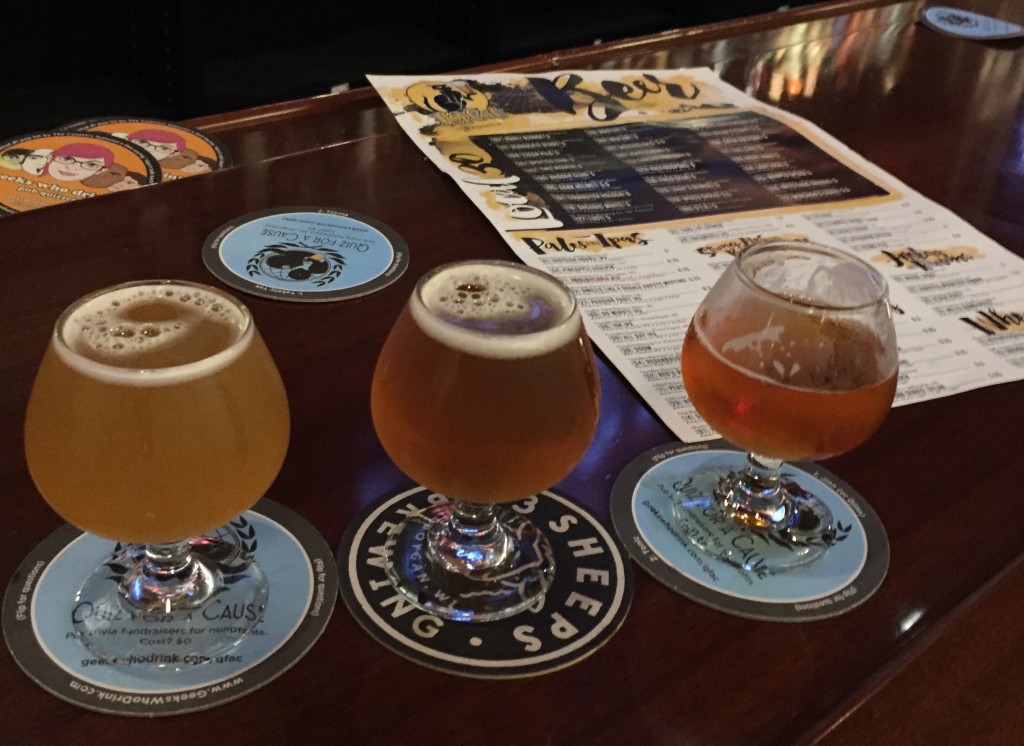 This weekend, there haven’t been a lot of time for other things than lab work, but I spent Friday evening at the Memorial Union where I happened to stumble into a concert with Brazilian (I think, not sure) music. And on Saturday evening I went out to the Hop Cat, where I tasted the fantastic beer Psychedellic Cat Grass and got taught the basics of American football by a woman who was also there on her own, apparently to watch the game. So, I’m doing my well but working my ass off with things I am not really that good at. Yet.
This weekend, there haven’t been a lot of time for other things than lab work, but I spent Friday evening at the Memorial Union where I happened to stumble into a concert with Brazilian (I think, not sure) music. And on Saturday evening I went out to the Hop Cat, where I tasted the fantastic beer Psychedellic Cat Grass and got taught the basics of American football by a woman who was also there on her own, apparently to watch the game. So, I’m doing my well but working my ass off with things I am not really that good at. Yet.
Back in Madison
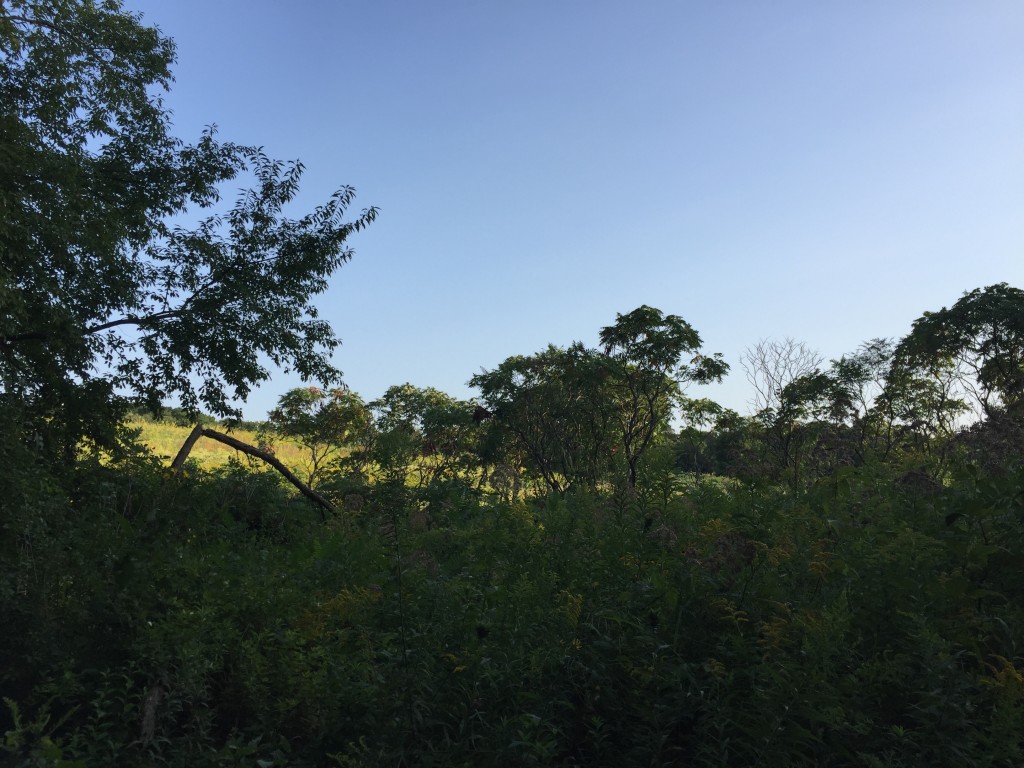
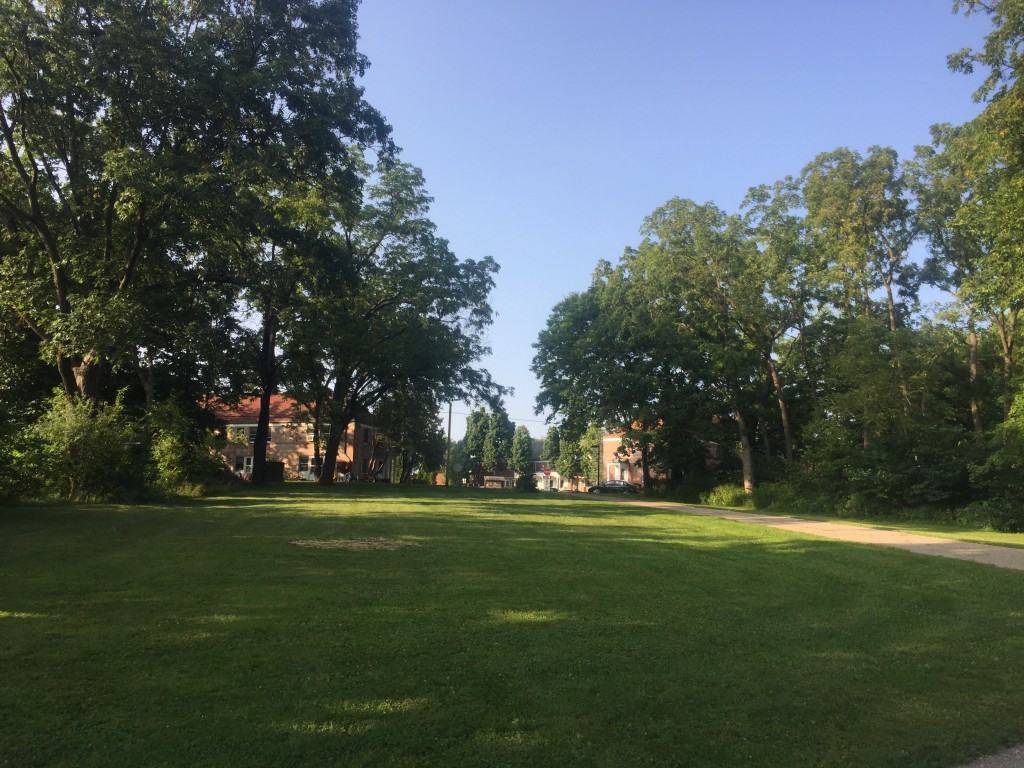
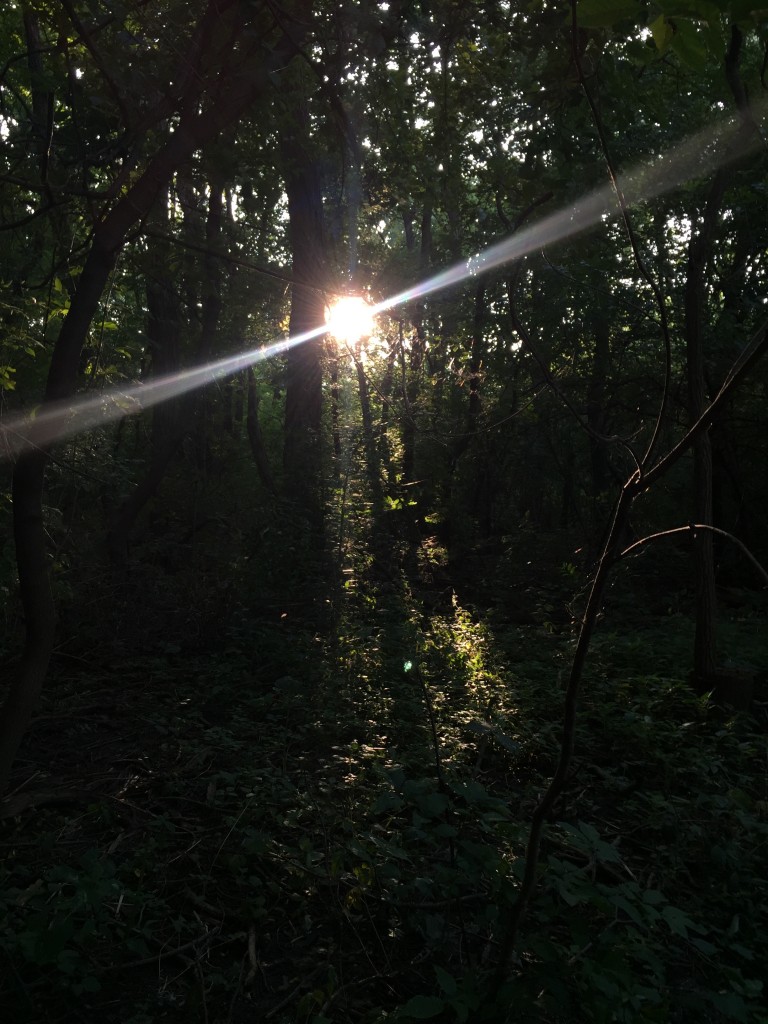
Madison is beautiful
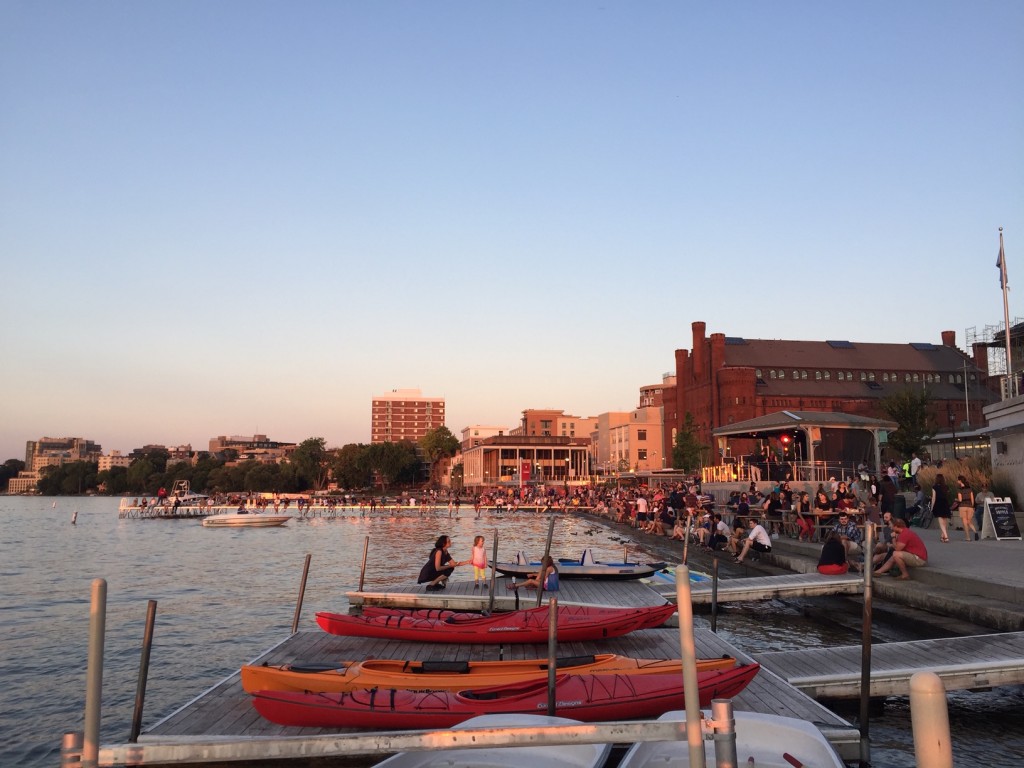
Today I spent some time walking in the other direction from the University. Gabriel suggested I took the walk by Lake Mendota downtown, and that was a really nice walk through the forest, just by the lake. After dinner, I had ice cream on one of the landings on the picture. Madison is really a nice and beautiful city; I look forward to going here with my family next year.
Tomorrow, I am in for a six hours drive to Lansing and the EDAR conference. I hope to be writing a little about my thoughts on the conference as well, but we’ll see if I will have time to get around to that…
The Wisconsin Blog
I just wanted to notify anyone who might be interested in following my more personal reflections on my month in Wisconsin (and in Michigan over EDAR4) that I will be updating my Wisconsin Blog at this site (hopefully) regularly. The blog updates are not visible on the first page, so you will have to actively go to the Wisconsin Blog page by clicking in the upper right of the page.
My first day in Madison
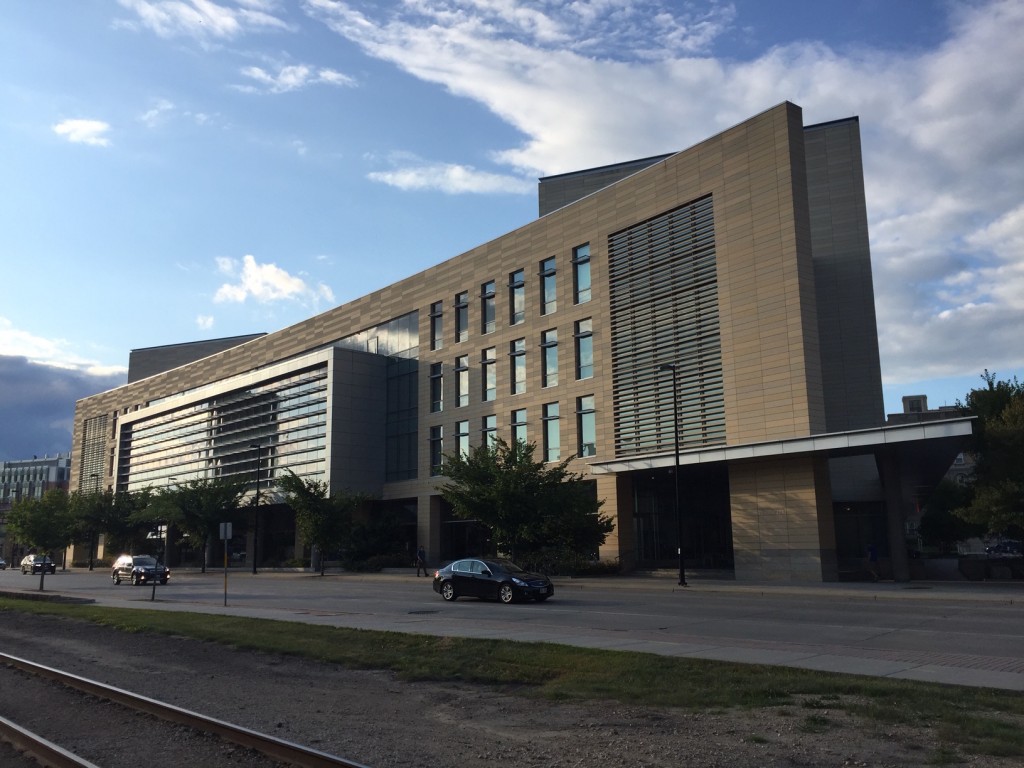
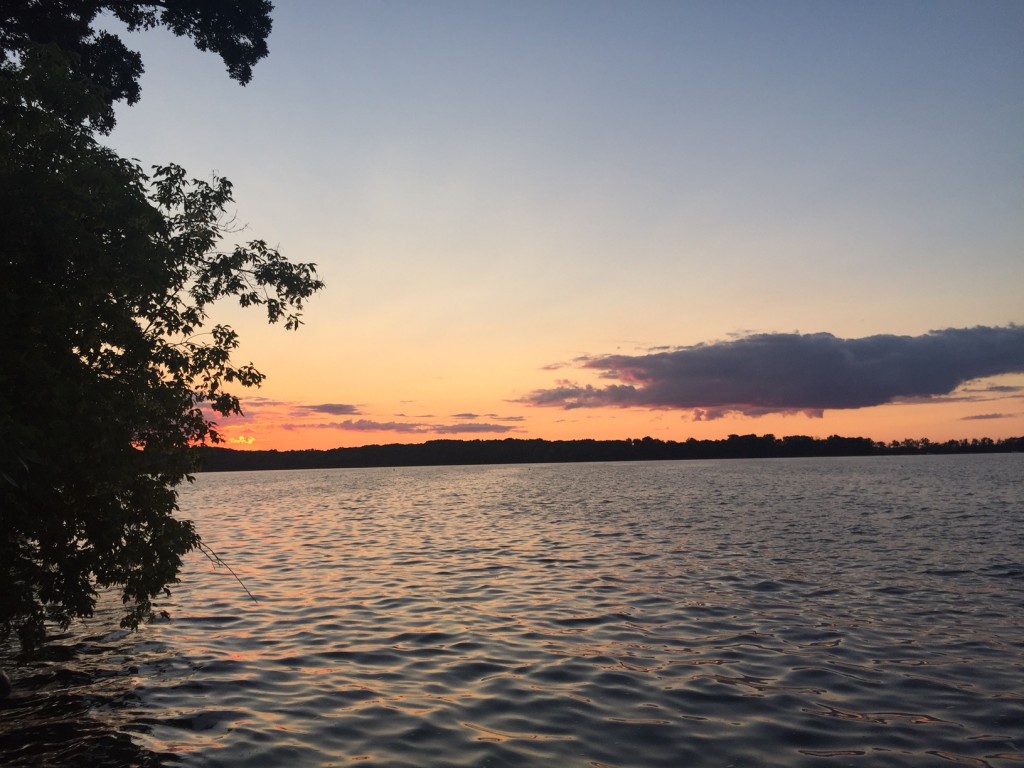
Published paper: The Calanus glacialis mitogenome
Mitochondrial DNA Part B today published a mitochondrial genome announcement paper (1) in which I was involved in doing the assemblies and annotating them. The paper describes the mitogenome of Calanus glacialis, a marine planktonic copepod, which is a keystone species in the Arctic Ocean. The mitogenome is 20,674 bp long, and includes 13 protein-coding genes, 2 rRNA genes and 22 tRNA genes. While this is of course note a huge paper, we believe that this new resource will be of interest in understanding the structure and dynamics of C. glacialis populations. The main work in this paper has been carried out by Marvin Choquet at Nord University in Bodø, Norway. So hats off to him for great work, thanks Marvin! The paper can be read here.
Reference
- Choquet M, Alves Monteiro HJ, Bengtsson-Palme J, Hoarau G: The complete mitochondrial genome of the copepod Calanus glacialis. Mitochondrial DNA Part B, 2, 2, 506–507 (2017). doi: 10.1080/23802359.2017.1361357 [Paper link]